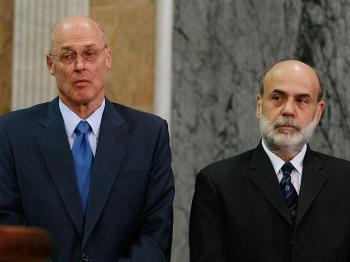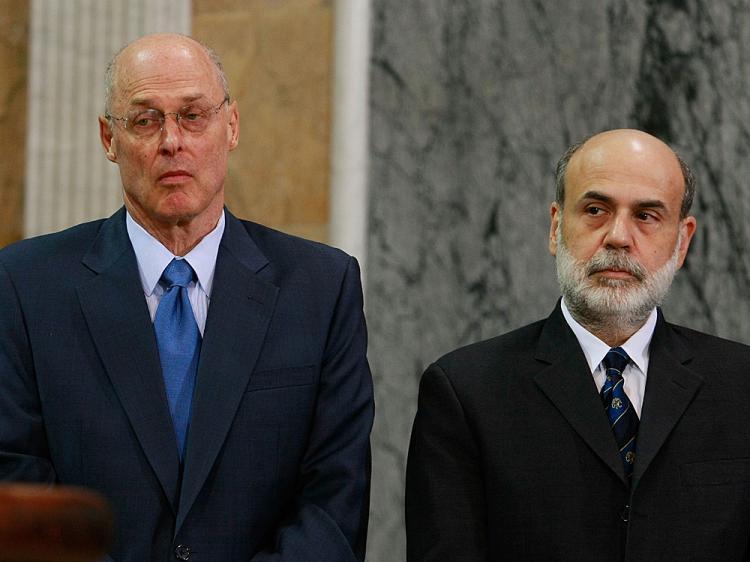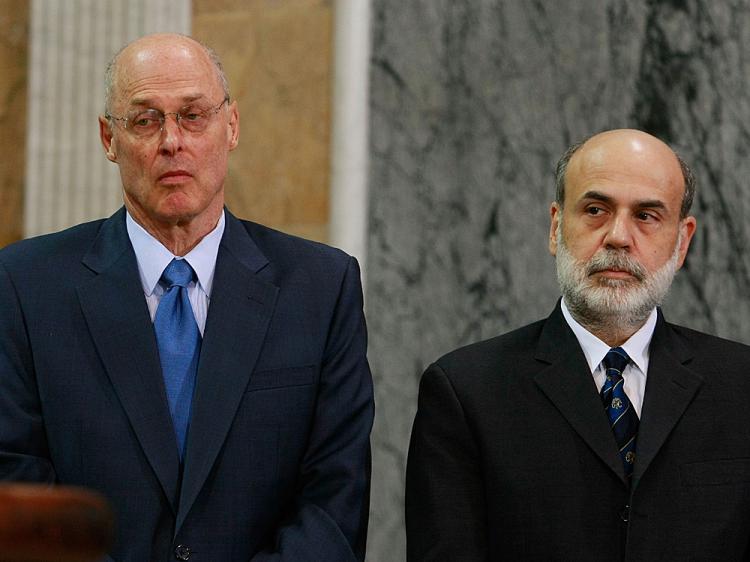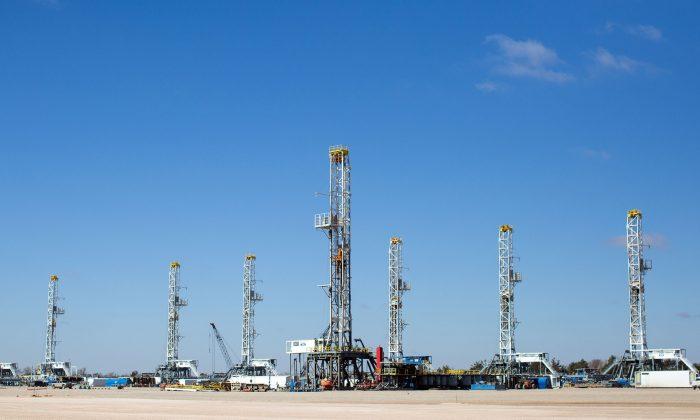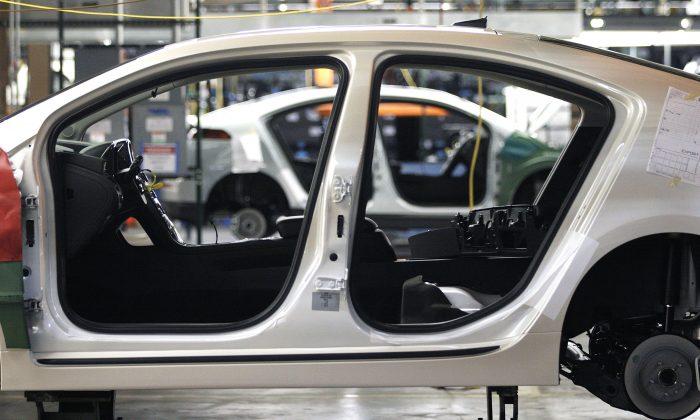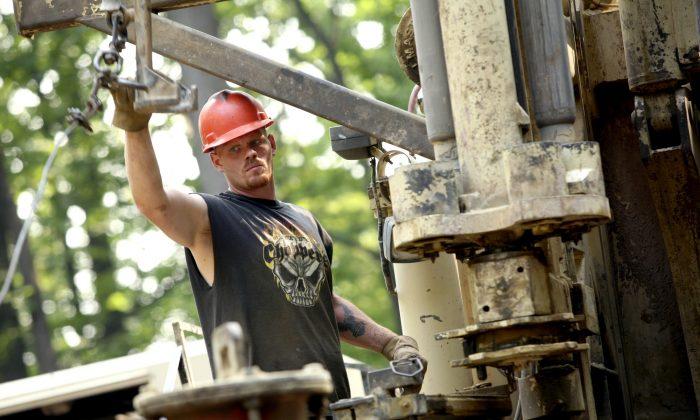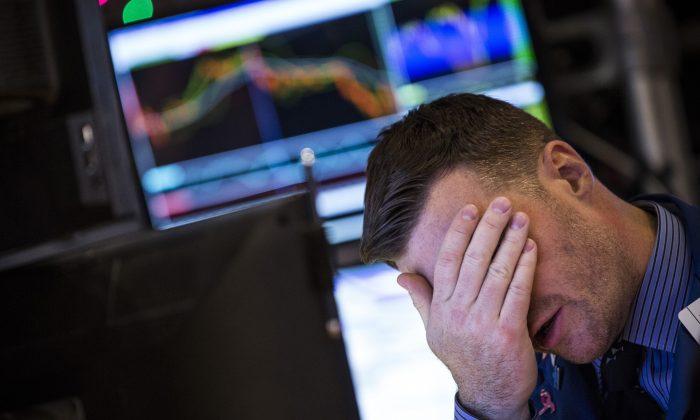Please welcome the newest banker on Wall Street: you.
In the most drastic measure ever undertaken to intervene in the financial markets, the U.S. government announced a plan on Tuesday to invest $250 billion of taxpayer money in the nation’s banking institutions.
President George W. Bush announced the decision on Tuesday, after an emergency meeting with top banking executives, Federal Reserve Chairman Ben S. Bernanke and Treasury Secretary Hank Paulson on Monday evening.
“This new capital will help healthy banks continue making loans to businesses and consumers,” President Bush said in a televised address on Tuesday morning. “And this new capital will help struggling banks fill the hole created by losses during the financial crisis, so they can resume lending and help spur job creation and economic growth.”
“This is an essential short-term measure to ensure the viability of America’s banking system,” he added.
In light of the stock market rout last week, nine of the largest U.S. banks already expressed their acceptance of federal funding. In return, the banks will issue preferred stock to taxpayers, cap executive compensation, and restrict executive severance, also known as “golden parachute benefits.”
According to Bloomberg News, the first $125 billion would go to Citigroup Inc., Goldman Sachs, Wells Fargo & Co., JPMorgan Chase, Bank of America, Merrill Lynch, Morgan Stanley, State Street Corp., and Bank of New York Mellon. Another $125 billion are allocated to small to mid-size banks.
In addition, President Bush gave the Federal Deposit Insurance Corp. (FDIC) authority to guarantee all non-interest bearing accounts held at financial institutions—including small business accounts that exceed the current threshold of $100,000. The Treasury would also back all newly issued bank debt, in a move to encourage lending and credit market liquidity.
President Bush’s plans were revealed after the newly enacted $700 billion financial rescue bailout did little to calm the global markets last week as stocks ended with record losses.
Bailout Costs Run High
The proposal to invest directly into U.S. banks came after European leaders expressed similar initiatives, and is a complete reversal of Sec. Paulson’s policy from a few weeks ago, when he rejected such a strategy.
So far few details have emerged from federal officials, who seem to devise up a new economic rescue plan on a weekly basis. But some analysts are skeptical of using more taxpayer funds to prop up the U.S. economy. With the current $700 already earmarked to rescue banks, the U.S. fiscal deficit will increase to unprecedented levels in the near future.
Instead of putting more taxpayer money on the line to inflate the value of worthless securities and encourage more spending, some experts argue that the U.S. should go back to fiscal responsibility and let the free market correct itself.
“Economic greed perpetuated by lax government oversight and desperation disguised as compassion for homeowners, put us on this path,” wrote Tara Wall, an editorial editor at The Washington Times. “A return to the virtues of thrift and self responsibility, it seems, should be the order of the day.”
Lax oversight over derivative instruments trading over the counter (not through exchanges) is increasingly cited as a culprit for the credit market meltdown. Wall Street developed such derivatives to spread the risk of holding mortgages and to make more money from subprime loans.
The bailouts, one after another, would only provide temporary “band-aid” solutions to appease investor emotions, some commentators argue.
“The blind greed is already evident in the vicissitudes of the market, where hysterical gloom on Friday is inevitably succeeded by hysterical exuberance on Monday,” said Benjamin Barber in a column on conservative network Huffington Post.
Addressing a ‘Lack of Confidence’
Federal officials, including FDIC Chairwoman Sheila Bair, tried to endorse the plan as a necessary step in propping up the economy.
“Today, there is a lack of confidence in our financial system—a lack of confidence that must be conquered because it poses an enormous threat to our economy,” Sec. Paulson said in a speech on Tuesday. “Investors are unwilling to lend to banks, and healthy banks are unwilling to lend to each other and to consumers and businesses.”
Analysts believe that propping up the largest banks will, in the long term, restore market confidence and resume lending activity.
“Focusing initially on the largest and riskiest institutions attacks both systemic issues and market sentiment, the latter of which is critical for the stock market and the real economy to turn around,” wrote Roger Ehrenberg, Chairman of financial information provider Monitor110, on Seekingalpha.com.
